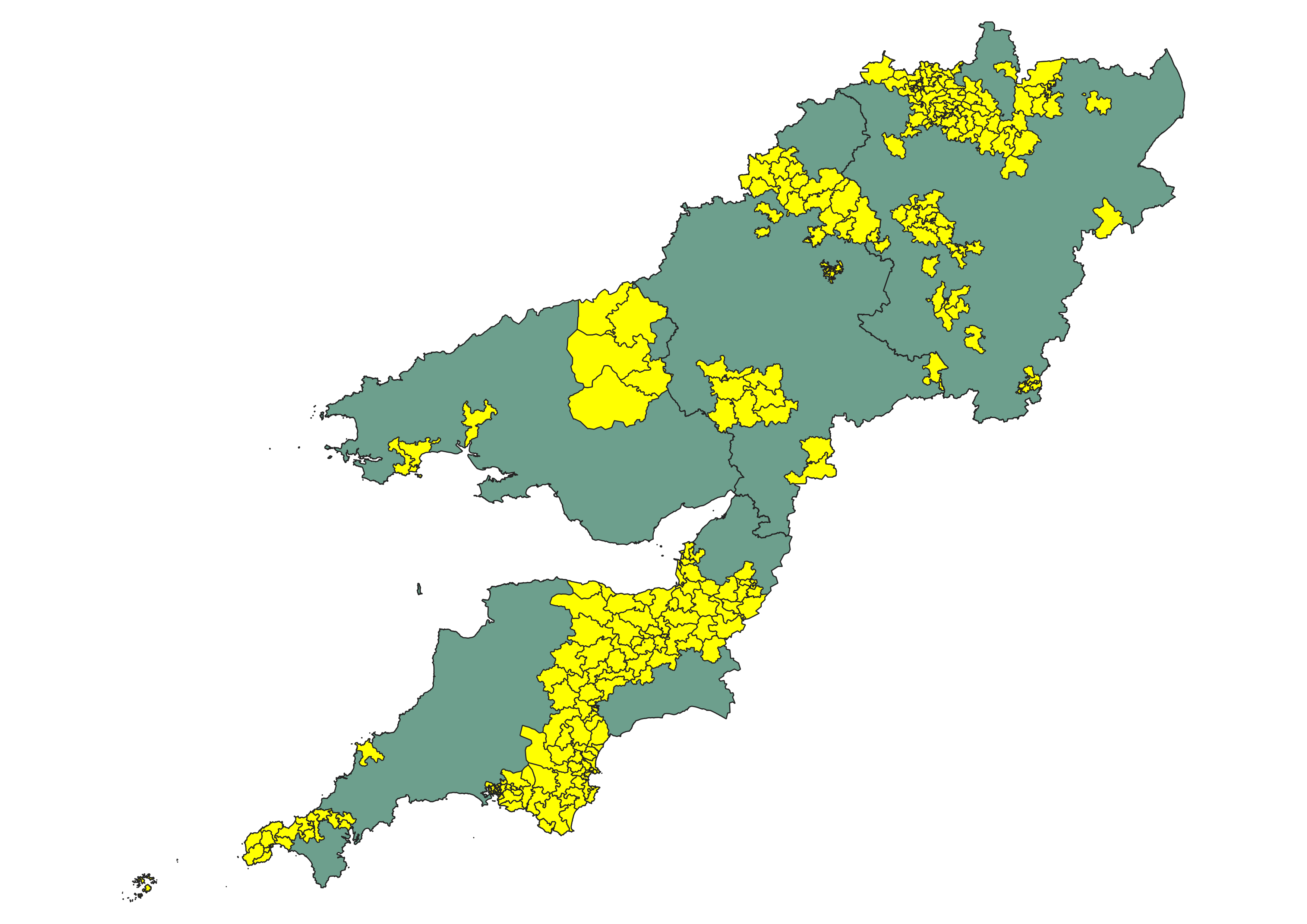Britain’s biggest regional gridco Western Power Distribution is seeking new ways to crunch data from its smart meters, readying its switches and wires for mass interconnection of low carbon gizmos such as EV chargers and AI-enabled fridges.
Now halfway through its planned twelve months, the operator’s £0.9 million SMITN project – Smart Meter Innovations & Test Network – uses data from smart meters to give planners a wealth of deeper information, helping them to manage load when connecting low carbon technologies like heat pumps, home solar and power-trading batteries.
At SMITN’s beating heart is data spooling in increasing amounts and with greater accuracy off the DNO’s smart meters. The information can help customers do a lot of planning research themselves, WPD argues, with user-friendly apps determining the specifics of what kit homeowners might connect, calling in aid tekkie arcana such as cable size and resistance.
Quality of power supplied matters too, alongside quantity. Micro-variances in frequency and voltage of grid supply can, under SMITN, help identify which customers are connecting low carbon devices and where extra capacity is needed. Thanks to new smart meter technology, WPD will be able to monitor flows and variances in greater granularity than before.
Since last September a £7.8 billion subsidiary of National Grid, Western Power Distribution invests £1 billion each year improving its network, serving eight million homes. That cost makes up around 10% of a typical household’s power bill, or 27 pence per day.
Love my meter, love my data
Network upgrades, maintenance and workarounds can benefit from SMITN as well as homes, WPD innovation engineer Jenny Woodruff believes.
“The ultimate aim is to get the best possible data quality, not just for self serve”, said Woodruff, “but because we are going to need better data to support all sorts of different data applications” .
“When we have good quality data, we can do better network planning”, the WPD employee added. “We can do it safely, we can automate it, we can make sure phases are more balanced, we can make future networks more efficient, reducing the impact of faults and even predicting future faults.
“Ultimately, all this will save money and deliver a better service for our customers.”
The SMITN project aims to use data to confirm customer phases and feeders, permitting more effective load balancing. Smart meter data can be used to predict more accurately local loads on low-voltage feeders and distribution substations.
Three lead partners assist the gridco with SMITN:
- Canadian-originated multinational CGI, experts in global smart networks and in addressing data and digitalisation transformations under way within regional grid operators, have led creation of the SMITN platform.
- Electronic designers Haysys perform data capture, yielding reference points for algorithms using its innovative devices, including one already existing and a second in development specifically for SMITN.
- Electrical engineers at Loughborough University will select the test network and advise on the algorithms for the trial. Teasing out project learnings are the academics’ focus.
A fourth partner, GHD, will be working with WPD in an assurance role.
Workshops to which WPD will invite its DNO peers will smooth knowledge sharing.




